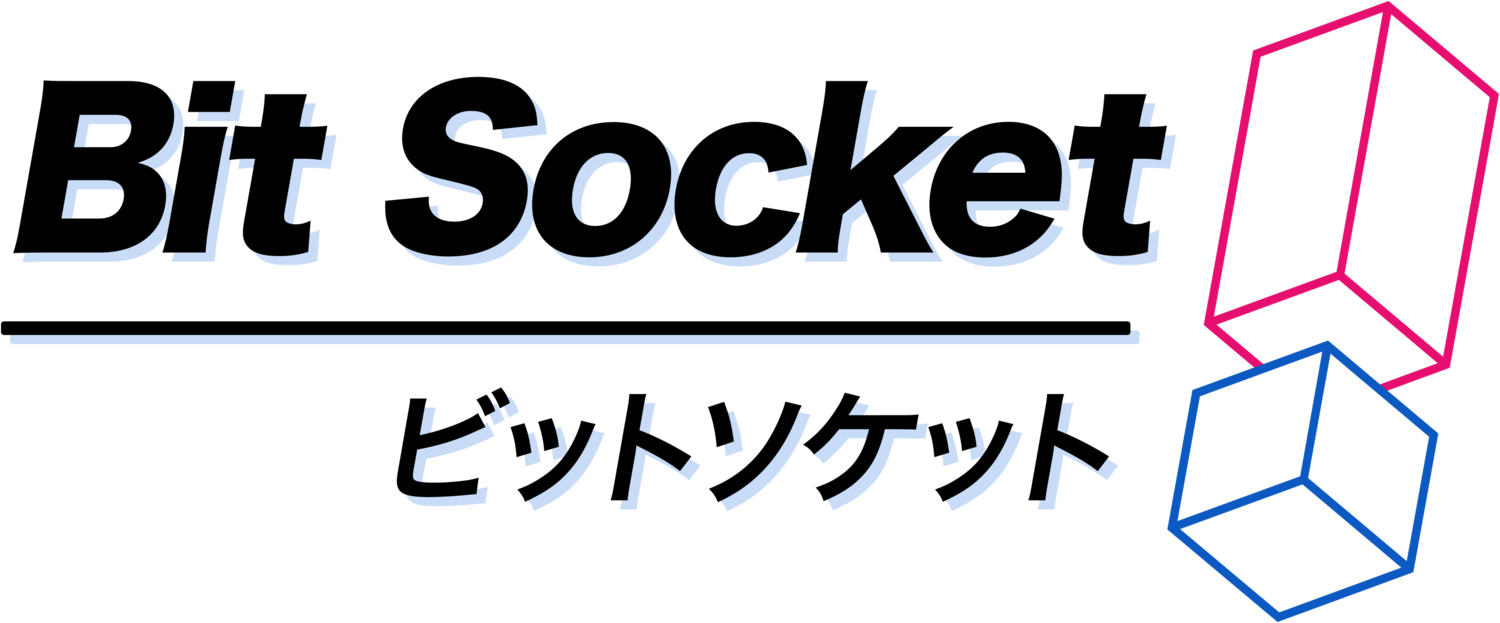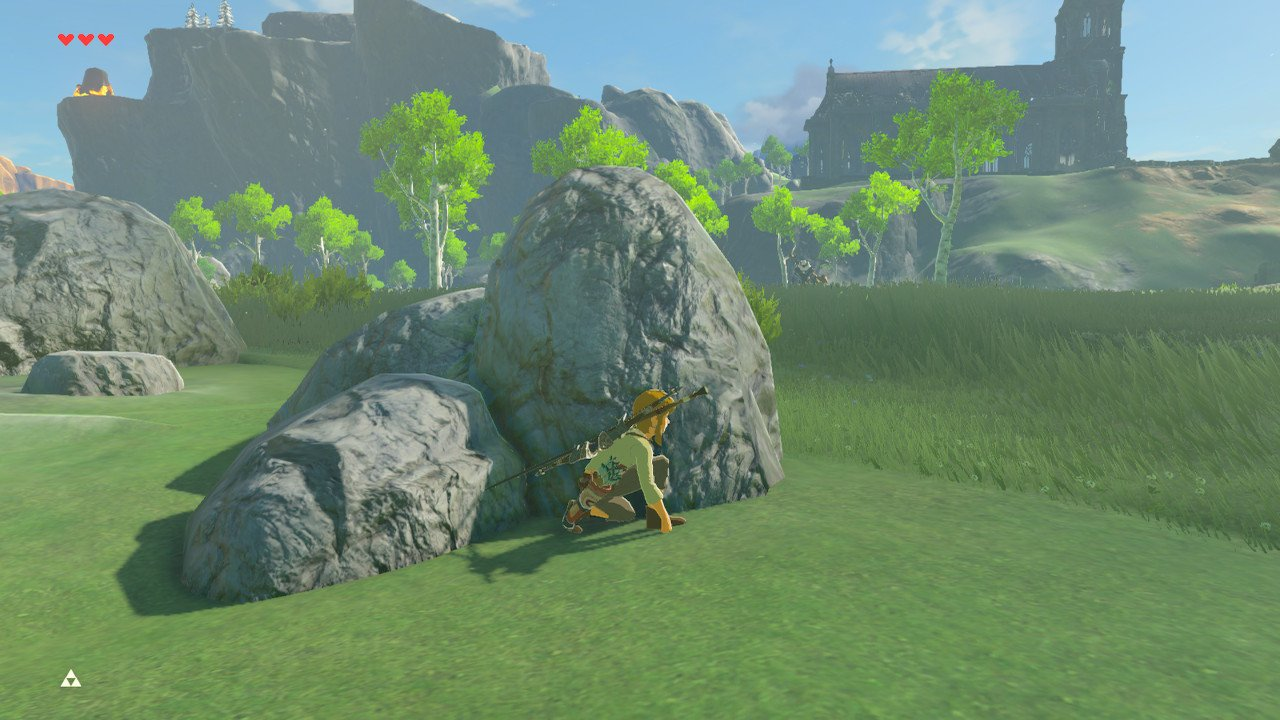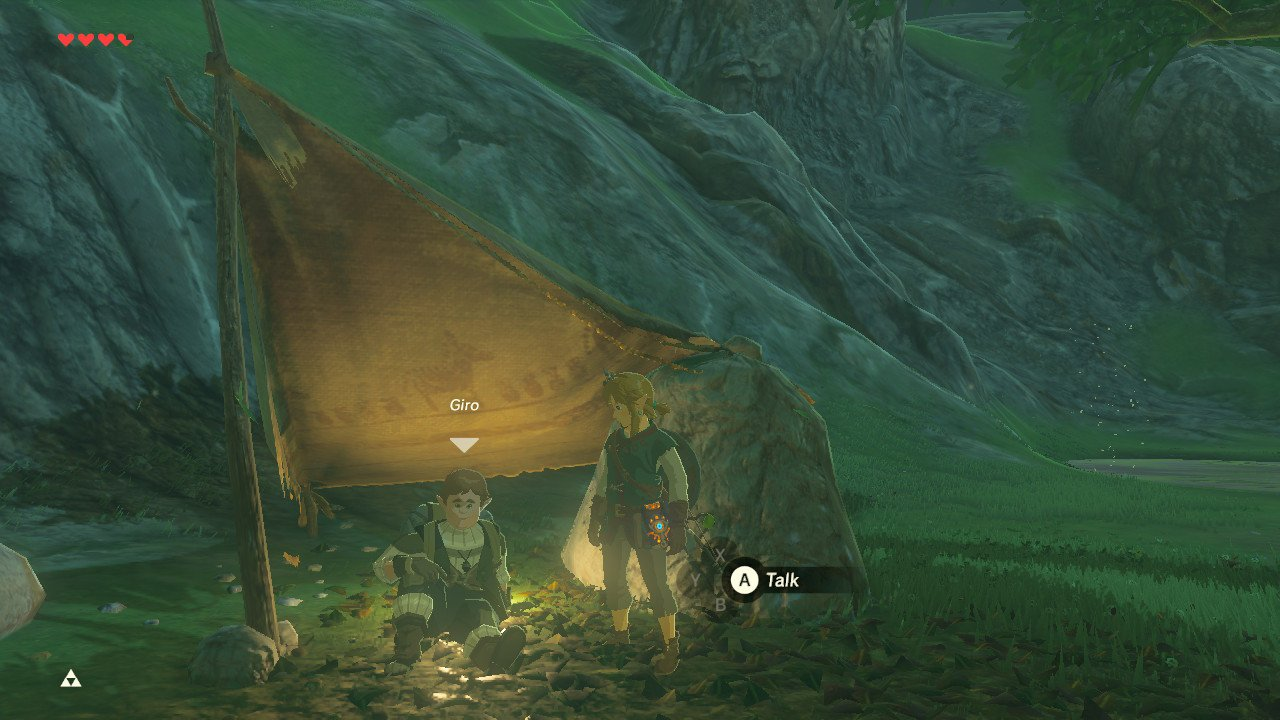Playing for the first time all over again
As though I’m not playing enough games already, I recently decided to start playing The Legend of Zelda: Breath of the Wild’s Master Mode. I’m sure many of you readers who have played the game, or have read its extensive coverage already, know about what the Master Mode brings to the table. It significantly bumps up the difficulty by buffing enemies, altering their placement, and increasing the damage dealt to Link. Exciting stuff - but this is not what we are going to be talking about here, dear reader. Today I am going to be exploring the possibly unintended consequences of the Master Mode and how it holds the potential to open the GATEWAY TO IMAGINATION.
Let’s start at the beginning, where, upon climbing out of Link’s Sheikah bedroom, bleary eyed and new to the world, things immediately felt different. My first fight with a lowly Bokoblin turned into something desperate; I was startled to find the encounter playing out more like a boss fight in terms of challenge, and Link at once felt vulnerable and fragile.
This was a stark contrast to the Link of my previous, one-hundred hour playthrough, in which Link was an unstoppable tank rampaging through Hyrule. There was now a sense of immediacy and connection with Link. Every action had to be carefully considered and deliberate. If one Bokoblin was enough to provide such a challenge - what was I to do when faced with two? Three? What about the Lynel comically introduced to the Great Plateau? What I found here is the first essential ingredient to the game fully capturing my imagination - a true connection with Link, and a sense of his vulnerability within the world.
The next key factor is one that is unavoidable when it comes to playing Master Mode - this is my second time playing the game. Now, I wish I could have truly taken my time to enjoy the game during my first playthrough. In fact, back then, I thought I had! However, when the constant allure of the unknown lays ahead of you - the towns to find, Divine Beasts to tame, Calamity Ganon to destroy and Zelda to find - I felt always compelled to be moving forward towards that end goal. The magic of a second playthrough, though, is that you don’t necessarily have that same drive. I know what happens at the end of the game now, and I’ve seen all the towns and Divine Beasts. Now my curiosity leads me to play the game in a different way. For Master Mode, my Link may as well not be the destined hero of legend. He is just a traveller, happy to roam Hyrule and experience what it has to offer, and lend a hand where needed. I want to take the time follow curiosity in all directions and find all the dazzling wonders I know that the game has yet to reveal, as well as just sitting back and watching the fireflies at night.
Combining the motivation to explore off the beaten path, the willingness to experience downtime, and the immediacy with Link that Master Mode provides is the catalyst to creating the aforementioned gateway to imagination. These elements naturally lead to a sense of roleplay, something I’m not sure I’ve experienced in this way since I was a child. I feel that I usually play as a character, but I don’t try to act as them, or as though I exist within the world - characters in video games are often just avatars for my actions, and I exist within the mechanics presented and little more.
Breath of the Wild was suddenly presenting me with something very different, the moment I chose to look for it.
It was at this point where I decided that wasn’t simply going to play standard Master Mode, and that I was going to approach this playthrough with some self imposed rules in an attempt to further increase my sense of engagement with the world presented to me. I started by looking back at my first playthrough of the game and tried to identify some gameplay habits that might have negatively affected my experience.
First up, fast travel. The presence of fast travel in the game meant that, after discovering significant locations for the first time, I would just teleport to them when I needed to return or visit a nearby area. No longer would I travel there on foot or on horseback, and this effectively erased all chances of being surprised by details I had missed along that route previously. It also meant that I would never explore any alternate routes.
This iteration of Hyrule is begging to be explored, with curiosities around every corner. My extensive use of fast travel seemed in direct opposition with the design of Hyrule itself. So, I boldly, and perhaps foolishly, declared that in Master Mode I would not fast travel. If I’m bored of a certain route, I’ll find another! I’ll hitch a ride on a floating long down a river, climb over a snowy mountain peak, or sneak through a sleeping Bokoblin camp! These “scenic routes” are everywhere, just waiting to be approached with a playful curiosity, and almost always lead to a fantastic sense of emergent narrative through tiny player-based interactions with the game.
Continuing my critical assessment of my first playthrough, I was particularly concerned about Link’s diet. Due to mostly laziness, my version of Link survived on a diet of meat, meat, and meat alone - not even necessarily cooked. That’s pretty bad, and he deserves better. Seeing as my Master Mode playthrough was shaping up to being a game of extremes, I decided that I would play Link as a vegetarian. To my surprise, this didn’t actually increase the difficulty at all and Link has been eating an extremely varied and delicious diet! Not being able to drink elixirs forced me to become more creative with my recipes, discovering new meals to provide Link with useful stat buffs, but I wouldn’t say that this has affected the overall difficulty.
It has, however, improved Link’s sense of place - I hadn’t even realised there was a pumpkin farm in Kakariko Village. The pumpkins even take time to grow back after you buy them, and the village shop also gets its supply of carrots from a field within the village! Simply through taking an interest in cooking with more varied recipes, I discovered these little details in Kakariko that lent the village a sense of reality and rhythm. I’m used to experiencing a sense of discovery in Breath of the Wild when stumbling upon giant ancient bones at the foot of a mountain, for example, but I certainly did not expect to find this same sense of discovery in a task as menial as purchasing and cooking food. (Also, side note, the game has way more recipes than I had thought. I feel inspired to eat as well as Link!)
So I’ve imposed some rules regarding my interactions with actual gameplay mechanics, and this has had some fantastic results in aiding my exploration and enjoyment with the game. The final key to unlocking the gateway of imagination was, well, both entirely unintentional and entirely obvious. With everything else about my style of playthrough established, I at last found myself playing the game with my imagination. Link felt more like a person existing within this world than he ever had before. Rather than adding more strict rules to play by, I started playing by trying to base my in-game decisions on how Link might actually live and exist. He always keeps his horse nearby, leaving it in carefully selected locations if needs be. He tries not to travel at night, and so rests at inns, creates campsites in sheltered locations, or simply spends the night with an NPC at their own campsite - such as Giro, a merchant who camps near Squabble River. I spent a night with him, traded wares, cooked, and maybe we told each other tales of home. By sunrise I felt incredibly endeared to this person, aided by a combination of gameplay mechanics and imaginary exchanges, and that felt so special.
Another surprising and memorable interaction occurred one rainy day as I was returning on horseback to Kakariko village. The drizzle turned to heavy rain, and I imagined how unpleasant it would be for both Link and his horse to be drenched through, so I had them rest beneath a large tree. Link crouched beside the tree and watched the downpour, while I marveled at how the tree was actually blocking the rain - a small detail in the programming that made me smile.
Looking up at the road I noticed an woman running up towards me. Her arm was held up over her face in an attempt to shield herself from the rain. She stopped beside me beneath the tree, saying “It’s raining opals!” - a believably awkward attempt at small-talk with a stranger - and together we sat and waited for the rain to pass.
There was something about this quiet moment that blew me away. I don’t know to what extent the developers had hoped you would interact with NPC’s such as Giro and Brokka, beyond being merchants or advice givers - but I do know that I was ready to use my imagination and roleplay within Hyrule, and the game appears to be fully ready to play along.
Little anecdotes such as these come together to create a staggering tapestry of life. They make the world appear to be far more than the combinations of its mechanics, welcoming layers of imagination from the player. The small details (such as the rain affecting the world and characters in believable ways) and the continuity displayed (like later seeing Brokka in Kakariko Village and feeling delight during this moment of recognition) are the framework for a convincing, continuing, existing world that is practically begging you to explore it, play with it, and imagine the tales and lives that inhabit it.
I think back to the games I first played as a child and remember how I interacted with the worlds given to me, with little to no understanding of the mechanics or restrictions that dictated them. No matter how many times I played it, during the first level of Crash Bandicoot I would try to jump from the beaten path and into the jungle - a jungle that, as far as I knew, held deeper secrets and areas to explore. If only I could just jump past this tree, or maybe that one! In Spyro the Dragon, I was convinced that if I practiced enough then Spyro would truly be able to master flying and take to the skies wherever he likes - a reasonable assumption when applying real world logic. In Tomb Raider, as we all inexplicably did, I locked the butler in the freezer because he terrified me and I would do anything to avoid the nefarious schemes I was so sure he had.
What has changed since then and now? Where did that magic go? I think a lot of it simply has to do with experience. I’ve played so many games since then. I’ve followed my curiosity and deciphered how these games function; I’ve learned about game design, game mechanics, hardware restrictions, and so many other elements that contribute to the whole. These days I go into a game knowing what to expect, and that’s why this experience with Master Mode feels so very important to me. I started this confident that I knew how the game worked, but that I had maybe missed some locations and characters I would like to seek out. I did not expect to find that I could engage with Breath of the Wild in what feels like a much deeper and intimate way simply by imagining and engaging with the game, rather than existing solely within the restrictions of its mechanics. I’ve rediscovered a playfulness that I had previously thought locked away in childhood innocence and I hope that you, no matter the game, with some whimsy and some patience, can take the time to master imagination.









